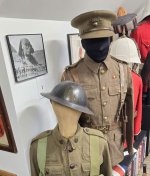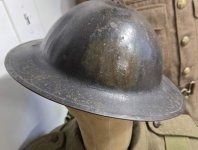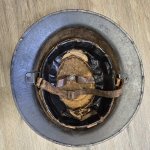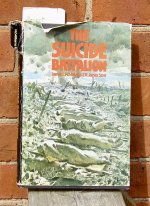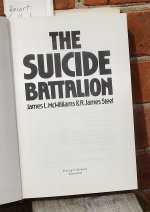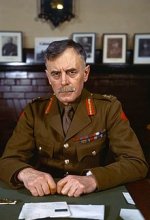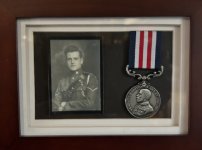Peter_Suciu
Well-known member
A friend sold me this Canadian Expeditionary Force MkI helmet earlier this year. It has the remains of the flash to 46th Battalion (South Saskatchewan), a unit that came to be known as "The Suicide Battalion." The 46th Battalion lost 1,433 killed and 3,484 wounded – a casualty rate of 91.5 percent in 27 months.
It goes very nicely with my CEF 1902 pattern tunic and P08 web gear.
It goes very nicely with my CEF 1902 pattern tunic and P08 web gear.

